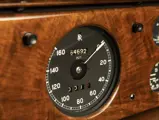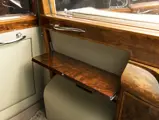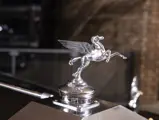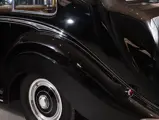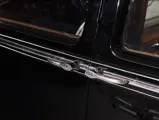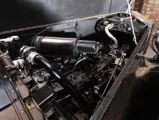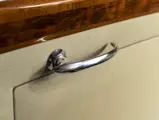
1954 Rolls-Royce Phantom IV Limousine 'Princess Margaret' by H.J. Mulliner
{{lr.item.text}}
CHF2,255,000 | Sold
{{bidding.lot.reserveStatusFormatted}}
- One of only 18 Phantom IVs produced, for world leaders and heads of state
- Built for HRH The Princess Margaret
- Beautifully detailed coachwork with numerous bespoke touches
- Largely original condition with only sympathetic restoration work
- Fascinating history file, including photographs, correspondence, and articles
- Accompanied by Touring Spares case and tools
- The most difficult Rolls-Royce model to acquire, then and now
THE PHANTOM IV: ULTIMATE IN EXCLUSIVITY
The Phantom IV was the only Rolls-Royce automobile to be equipped with an inline eight-cylinder engine, a refined version of the B80/81 military and commercial powerplant. It was mounted in a chassis derived from that of the Silver Wraith, but enlarged to an appropriately regal 3,683-milimeter wheelbase and significantly strengthened to carry even the most lavish formal coachwork.
Most clientele of Rolls-Royce were not familiar with the Phantom IV’s specifications, as they could not buy one. There is no evidence that a policy was specifically in place that only royalty and heads of state would be awarded the company’s first postwar Phantom, but it seems to become the de facto position, with the cars essentially awarded specifically for government or state use. Just 18 cars were produced between 1950 and 1958, a rate that averages to fewer than three per year, for a mere 11 individual customers. Five were supplied to high-ranking members of the British Royal Family, three to the Government of Spain, three to the Hakim of Kuwait, and two each to the Royal Family of Iraq and the Shah of Iran.
This clientele seemed to recognize the elite significance of that with which they had been bestowed. Of the 16 surviving cars, five remain in service with their original owners or successors; four others are maintained in government collections; and two are exhibited in permanent museums. In other words, the pool of potentially available Phantom IVs is quite small. Accordingly, the model has become the ever-more-elusive, prized pursuit of Rolls-Royce collectors, with the competition to acquire one of the few available cars fierce whenever one comes to market. Acquisition awards instant bragging rights as well as, provided one has made the acquisition of the other five numbered generations, the rare opportunity to claim one has a complete assemblage of Phantoms.
CHASSIS NUMBER 4BP7: FOR HER ROYAL HIGHNESS
Chassis number 4BP7 was the 15th Phantom IV produced; its right-hand drive chassis was delivered to Lillie Hall for testing on 14 February 1954. Subsequently it was brought to H.J. Mulliner for the fitment of coachwork to their design number 7368, with Mulliner noting the customer as “Baron Montaigne.” Why, exactly, that particular nom de guerre was chosen is not known—perhaps it was for security reasons. Rolls-Royce’s own records list the original owner by her true name: Her Royal Highness Princess Margaret, the only sibling of Her Majesty Queen Elizabeth II.
Princess Margaret’s Phantom IV was finished entirely in black, with power-operated windows and division, a glass roof panel with an electrically operated fabric blind, window shades, blue police light and mounts for the Royal heraldry and flagstaff above the windshield header. It was an automobile built for official use by the Princess in carrying out her duties, and it looked the part. However, chassis number 4BP7 was also built for a woman who had always been, and always would be, a very modern woman in her role. Always a lover of powerful cars, she had decided that she would prefer to occasionally drive the Phantom IV herself. Thus, it was fitted with automatic transmission and with a special driver’s seat finished in soft cloth, rather than the usual leather, with the ability to adjust the seat for both height and reach.
Yet not all was democratic. There were two radios mounted, one each to the front and rear compartment. When the Princess turned on the radio in the rear, the chauffeur’s radio automatically shut off. As a further reflection of the passenger’s status, the rear seat was adjustable and could be moved forward slightly, so that the Princess could be more easily viewed by the public; indirect interior lighting would keep her visible during evening occasions. Atop the radiator was her personal mascot, a Pegasus.
The completed car was delivered to Clarence House in July 1954, as noted in the August issue of Rolls-Royce News, and fixed with Her Royal Highness’s registration number, “PM6450.” It remained in her use for 13 years and in that time was driven 27,000 miles. During that time Her Highness was occasionally photographed with chassis number 4BP7, including in 1955 as she departed Number 10, Downing Street following a dinner with Prime Minister Churchill.
A COLLECTOR’S PRIZE
At its retirement in 1967, the blue police light and heraldry were removed, and the Rolls-Royce consigned, somewhat remarkably, to a London dealer. It was sold to A.W.D. Adams, owner of a limousine service in Essex, for whom it was registered as “302 HYP.” Writing in 1982, Mr. Adams noted “we were unable to find out to whom it belonged and they said they must not say its previous owner.” For more than thirty years, visitors to Essex could rent Princess Margaret’s Phantom IV, a rather surreal experience. It was supplied for several weddings and made cameo appearances in various films.
The car was subsequently acquired via P&A Wood in 2003 by American collector Robert Shaffner, one of the few with the distinction of being called a “Phantom IV collector,” having ultimately owned three of the 18 built. He was able to reunite it with its former Royal registration, which had become available following Princess Margaret’s passing. He subsequently completed sympathetic mechanical and cosmetic restoration, including refitting a correct police light and heraldry. The car appears to have been kept by Mr. Shaffner in the United Kingdom, in recognition of its heritage. In 2008 it was sold into the hands of the present owner, in whose ownership it has continued to be carefully maintained, while also being driven and selectively shown.
Being a Phantom IV and thus always capable of drawing attention, chassis number 4BP7 has been featured over the years in numerous books and publications, including Martin Bennett’s Rolls-Royce and Bentley: The Crewe Years and The Postwar Phantoms, Andrew Pastouna’s Royal Rolls-Royce Motor Cars, and detailed articles in the January-February 2004 and May-June 2004 issues of the Rolls-Royce Owners Club magazine, The Flying Lady. It is accompanied by copies of its mentions in these works, as well as the original handbook, FIVA Identity Card, copies of the extraordinarily detailed original factory and H.J. Mulliner build records, assorted correspondence and historical documentation from its owners, and invoices from the maintenance work completed for its present owner. Further, the trunk contains a fascinating original touring spares and road tool set.
A legitimate “Car of Kings,” the Phantom IV was inaccessible when new and remains nearly so now. The offering of chassis number 4BP7, formerly the property of Her Royal Highness The Princess Margaret, marks a unique opportunity to acquire a car whose aura of exclusivity is almost palpable—and the experience of owning it, whether behind the wheel or in the rear compartment, simply, purely regal.












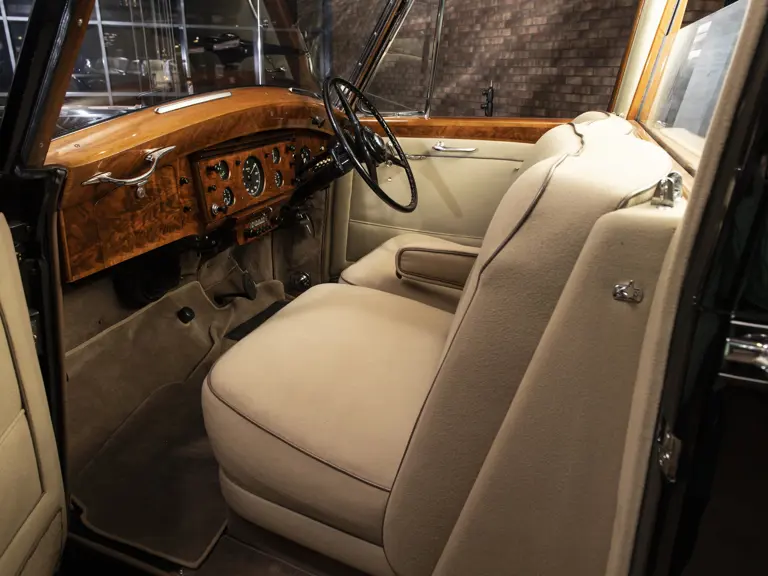




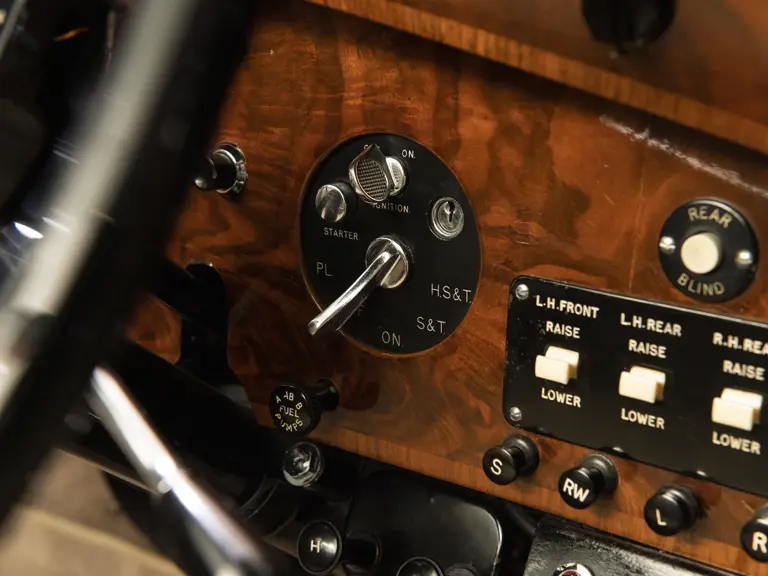









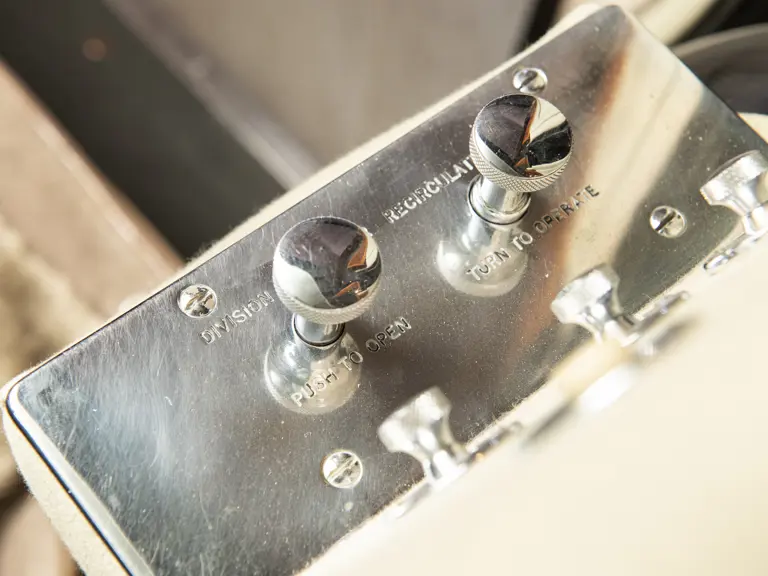




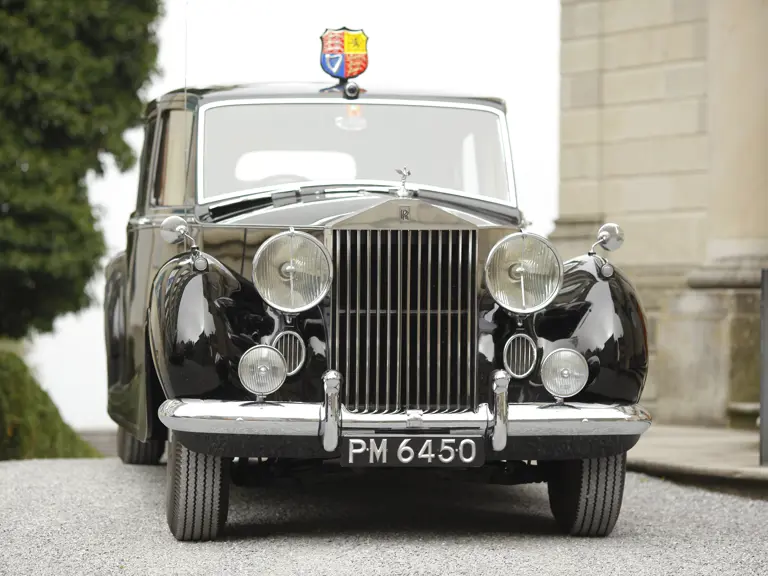



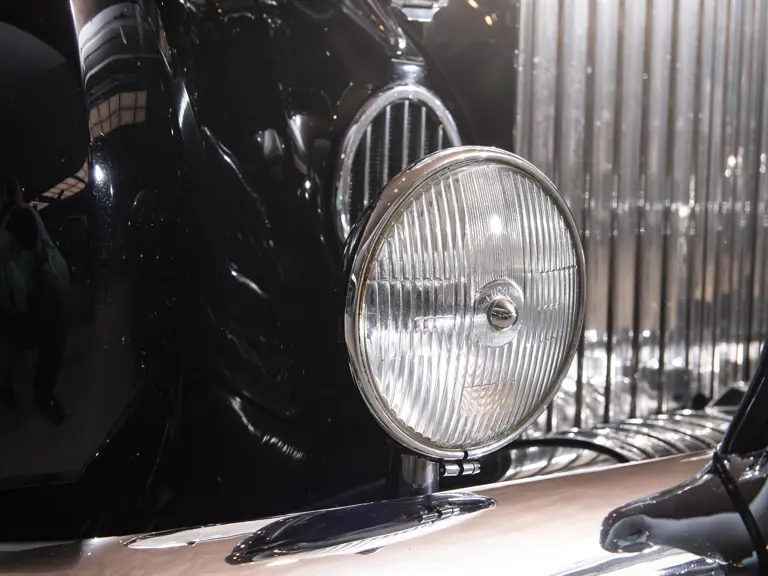


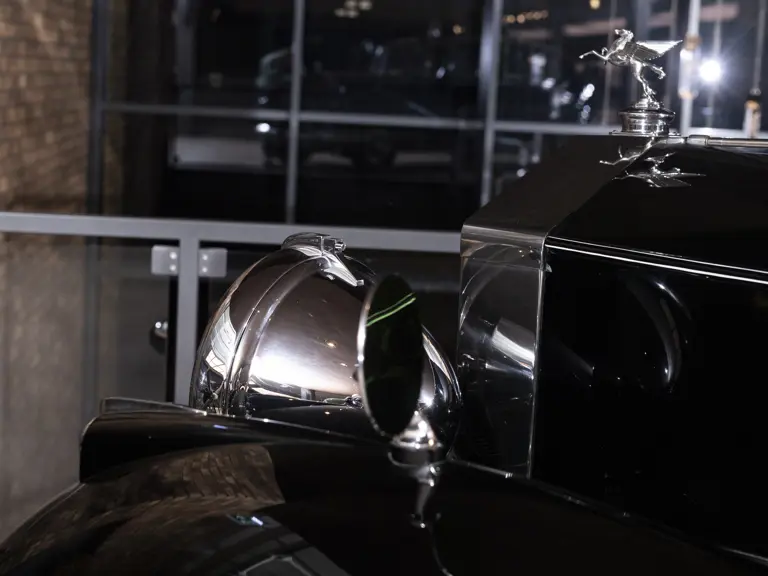



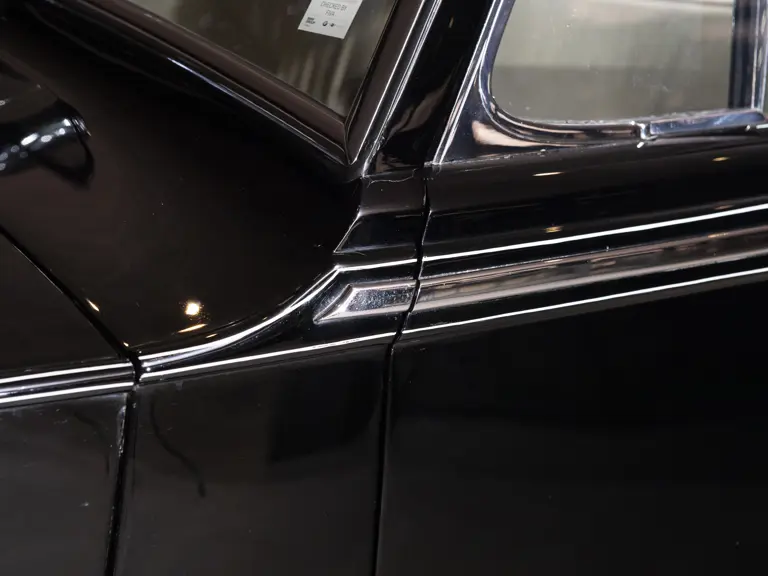













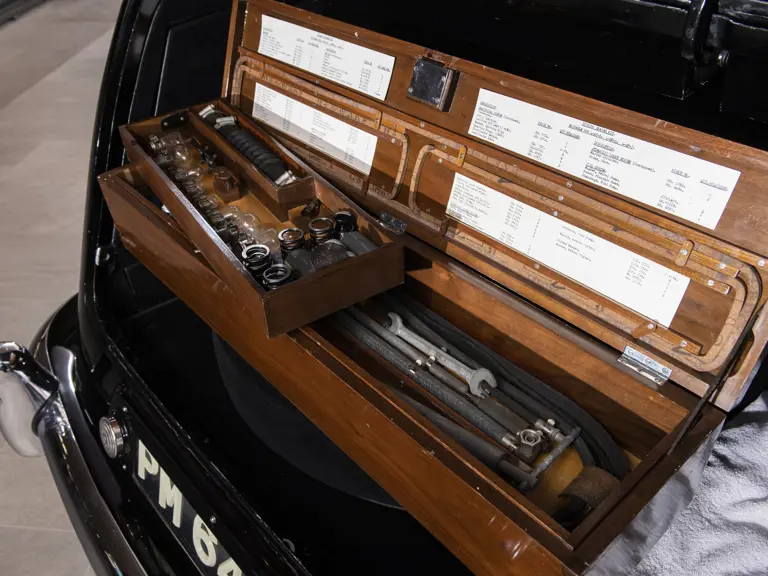
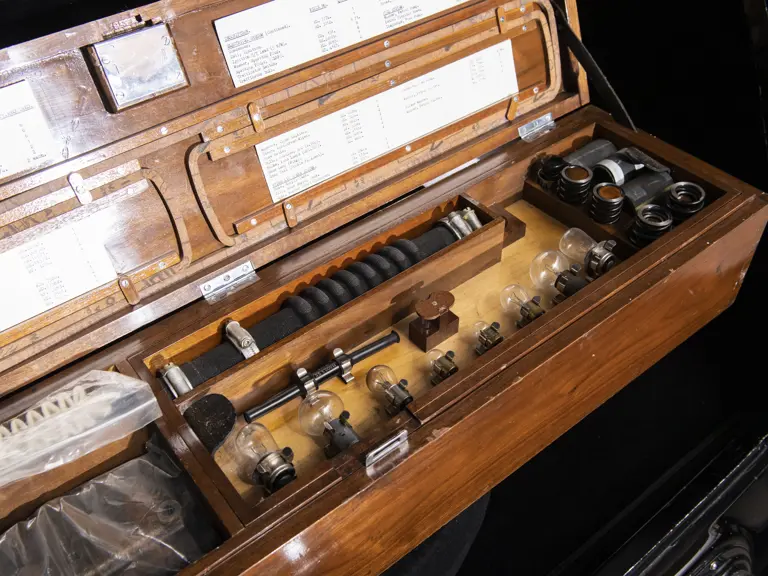
















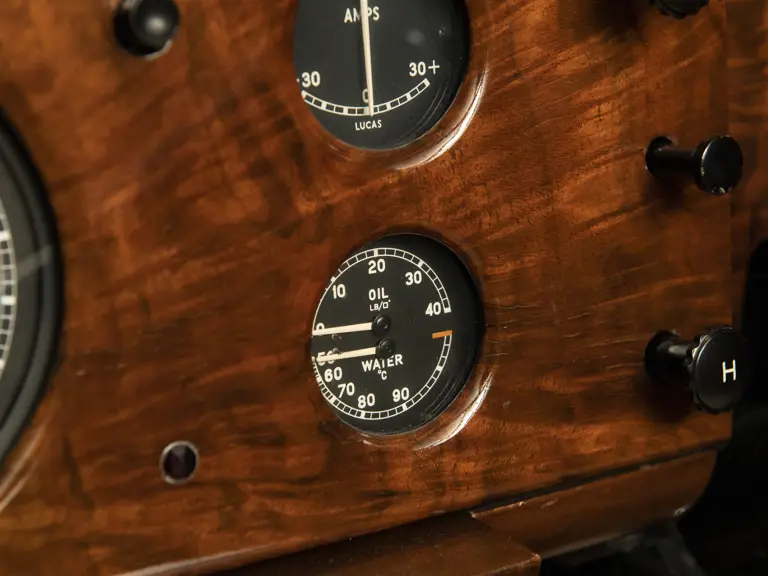



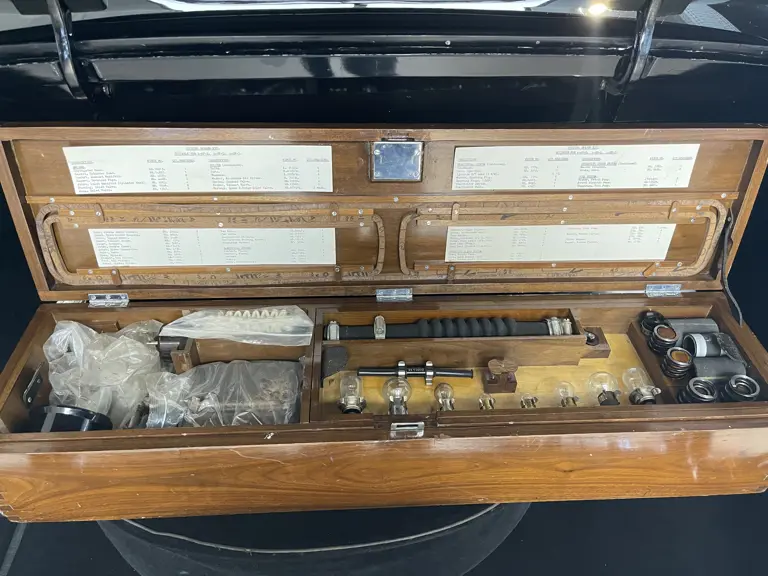







 | Eschen, Liechtenstein
| Eschen, Liechtenstein










